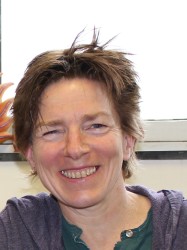BibTex format
@inproceedings{Ekins-Daukes:2016:10.1063/1.4962072,
author = {Ekins-Daukes, NJ and Sandwell, P and Nelson, J and Johnson, AD and Duggan, G and Herniak, E},
doi = {10.1063/1.4962072},
publisher = {American Institute of Physics},
title = {What does CPV need to achieve in order to succeed?},
url = {http://dx.doi.org/10.1063/1.4962072},
year = {2016}
}

